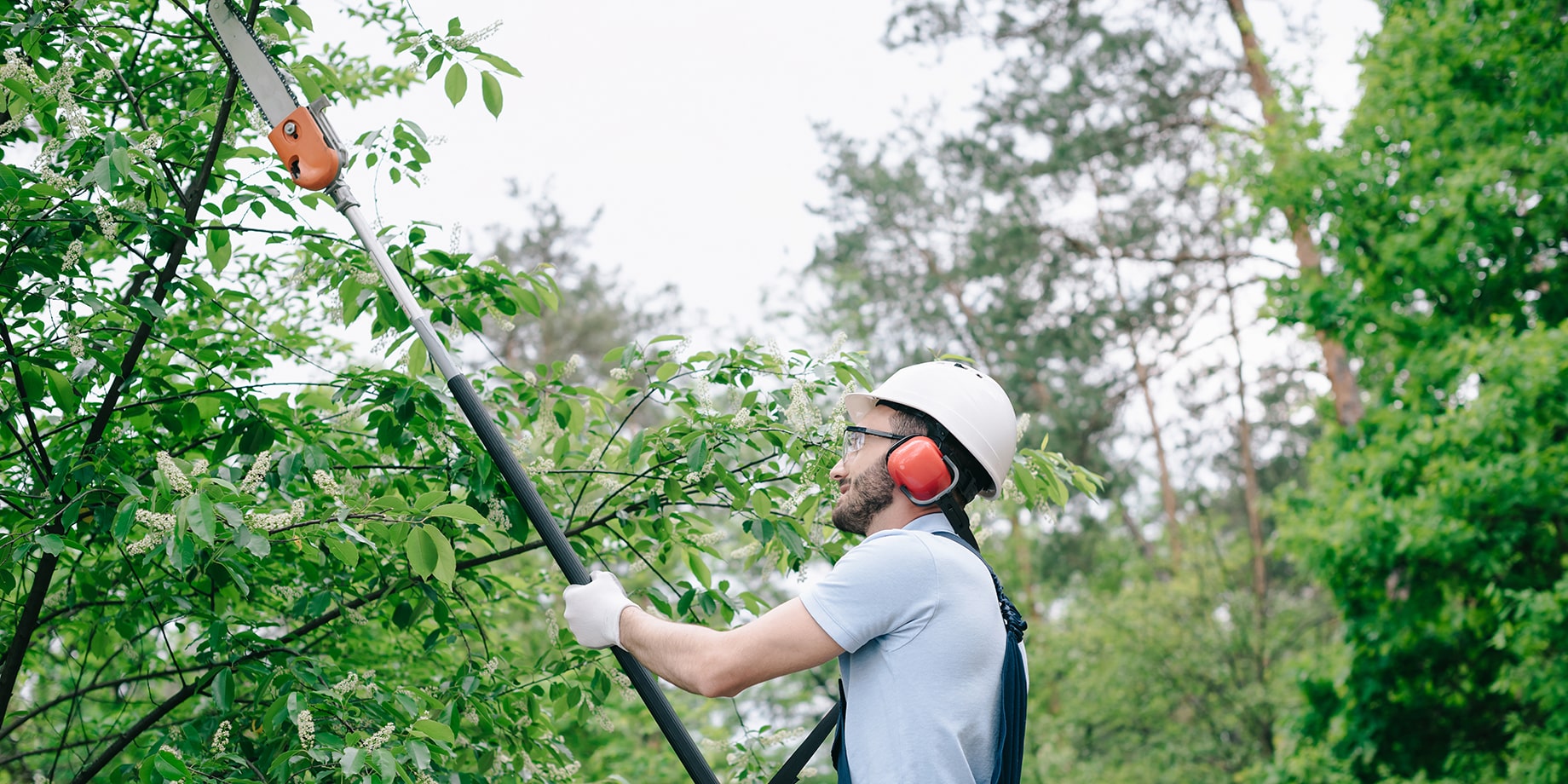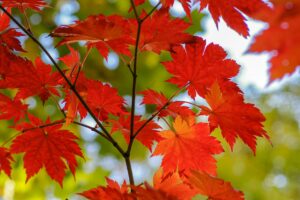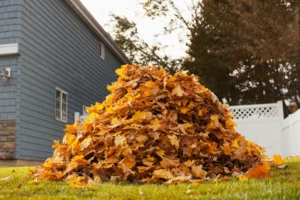A Seasonal Guide for Tree Trimming
Tree trimming is an essential aspect of tree care and maintenance. Knowing the best time to trim your trees not only promotes healthy growth but also enhances safety and improves the aesthetic appeal of your landscape. But when exactly is the best time to trim trees? This article will guide you through the ideal trimming periods for various tree types and the benefits of seasonal tree pruning to help you keep your trees healthy year-round.
Understanding Why Timing Matters
Timing plays a crucial role in tree trimming. Different seasons offer unique benefits to the trimming process, and pruning at the wrong time can lead to poor growth, disease, or even the death of a tree. The primary goals of trimming are:
- Encouraging Healthy Growth: Trimming at the right time promotes better nutrient distribution.
- Preventing Disease: Removing diseased or dead branches at the optimal time can prevent the spread of infection.
- Enhancing Tree Shape and Safety: Properly timed trimming can reduce the risk of falling branches and shape trees for an appealing appearance.
Seasonal Guide for Trimming Trees
Winter: The Best Time for Most Trees
Trimming Period: Late winter, before the first signs of spring growth.
Why Winter is Ideal:
- Dormancy Benefits: Trimming during dormancy encourages vigorous growth when the weather warms up. Most deciduous trees (trees that shed leaves annually) benefit from pruning in winter.
- Visibility and Accessibility: With bare branches, it is easier to identify which limbs need to be removed. Additionally, accessing the tree is simpler without dense foliage in the way.
- Disease Prevention: Many tree diseases and pests are inactive during winter, reducing the risk of infection from cuts.
Trees to Trim in Winter: Oak, maple, birch, apple, and pear trees. Most deciduous trees respond well to winter pruning.
Spring: Light Pruning and Maintenance
Trimming Period: Early spring, before buds open and growth begins.
Why Spring Trimming Works:
- Correcting Winter Damage: After winter storms, some branches may be damaged or broken. Spring is the time to remove these branches to encourage healthy growth.
- Shaping and Maintenance: This period allows for light pruning to maintain shape without encouraging excessive growth.
Trees to Trim in Spring: Early-flowering trees like dogwood, lilac, and magnolia, but only after they have finished blooming.
Summer: Control and Safety Trimming
Trimming Period: Late summer, typically in June through August.
Why Summer Trimming is Beneficial:
- Controlling Growth: If your tree has grown too much during the spring and early summer, this is a good time to trim and shape it.
- Identifying Problem Areas: During summer, trees are in full leaf, making it easy to identify dead or diseased branches.
- Promoting Safety: Summer trimming can reduce the weight of overhanging branches, minimizing the risk of breakage from summer storms.
Trees to Trim in Summer: Trees that bleed sap when pruned in winter, such as elm, walnut, and maple, can be pruned in late summer when sap flow is reduced.
Fall: A Time to Avoid Heavy Trimming
Trimming Period: Generally, avoid trimming during fall.
Why Fall Trimming is Not Recommended:
- Decay and Disease Risk: The open wounds created by trimming can become a breeding ground for fungi and diseases during fall’s wet, warm conditions.
- Preparing for Dormancy: Trimming encourages new growth, which can be weakened by approaching cold temperatures, leaving the tree vulnerable.
Exceptions to Fall Trimming: Light pruning to remove dead or damaged branches is acceptable, especially if the tree poses a safety risk.
Best Time for Specific Tree Types
Different tree species have their own unique growing cycles and trimming needs. Here’s a brief guide to help you find the best time to trim common tree types:
| Tree Type | Best Time to Trim | Notes |
|---|---|---|
| Oak Trees | Late winter (December to February) | Avoid trimming from April to July to prevent oak wilt. |
| Fruit Trees | Late winter to early spring (before buds open) | Encourages a good harvest and tree health. |
| Pine Trees | Early summer (June to July) | Trim new growth, known as “candles,” to shape. |
| Evergreens | Late winter to early spring | Prune lightly, as evergreens don’t recover as easily as other trees. |
| Maple Trees | Late summer to early fall | Trimming in late winter can cause sap to “bleed.” |
| Flowering Trees | After flowering (early spring to late summer) | Trim immediately after they bloom to encourage next season’s flowers. |
Signs It’s Time to Trim Your Tree
Regardless of the season, certain signs indicate it’s time to trim your trees. Always keep an eye out for these indicators:
- Dead, Diseased, or Broken Branches: These should be removed promptly to prevent further damage and maintain safety.
- Crossing or Overgrown Branches: Branches that rub against each other or are growing in unwanted directions can harm the tree.
- Uneven or Dense Canopy: A tree’s canopy should allow for sunlight and air circulation throughout the branches. If it’s too dense, trim to thin it out.
- Structural Weakness: Trees with weak branches, multiple trunks, or oddly shaped growth can benefit from trimming to strengthen their structure.
Benefits of Trimming Trees at the Right Time
Trimming at the right time offers several benefits for the tree and the surrounding landscape:
- Promotes Healthy Growth: Pruning at the right time helps remove damaged or weak branches, encouraging robust and balanced growth.
- Prevents Disease Spread: Properly timed pruning minimizes the risk of disease spread and pest infestation.
- Enhances Aesthetic Appeal: Trimming enhances the natural beauty of trees, improving the overall look of your yard or landscape.
- Increases Safety: Removing dead or overgrown branches helps protect against falling limbs during storms or windy conditions.
- Boosts Flower and Fruit Production: For flowering and fruit-bearing trees, trimming encourages greater yields and more vibrant blooms.
General Tree Trimming Tips
To maximize the benefits of trimming your trees, consider these general tips:
- Use Sharp Tools: Clean and sharp tools make clean cuts, promoting quicker healing for the tree.
- Avoid Over-Pruning: Don’t remove more than 25% of a tree’s canopy at once, as over-pruning can stress the tree.
- Cut at the Right Angle: Always cut just outside the branch collar at a 45-degree angle to promote proper healing.
- Hire a Professional for Large Trees: If you’re unsure or have a large tree that needs trimming, hiring a certified arborist can ensure the job is done safely and effectively.
Conclusion
The best time to trim your trees depends on the type of tree and its growth cycle. Generally, late winter is ideal for most trees, as they are dormant, and trimming during this time promotes healthy growth. Spring and summer pruning can help with shaping, growth control, and safety, while fall should be avoided for heavy pruning. Keeping your trees healthy, safe, and beautiful is a year-round commitment, and understanding the best trimming times will help you achieve a vibrant and well-maintained landscape.
By following seasonal guidelines and considering the specific needs of your tree species, you can ensure that your trimming efforts are effective and beneficial to your landscape’s health and beauty.
Trimming your trees at the right time not only promotes their health and beauty but also ensures that your landscape remains safe and inviting throughout the year.






